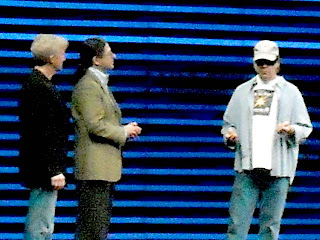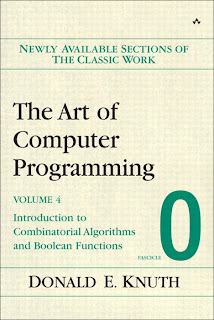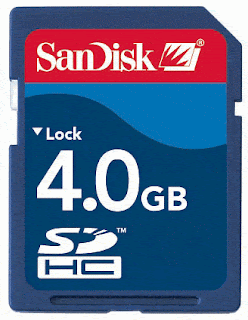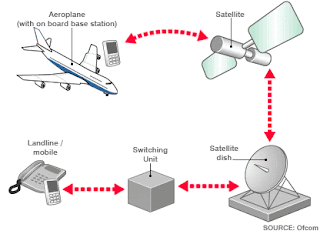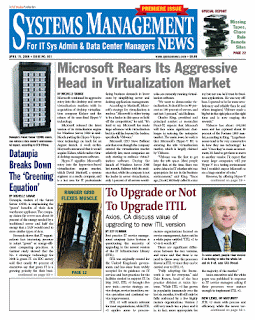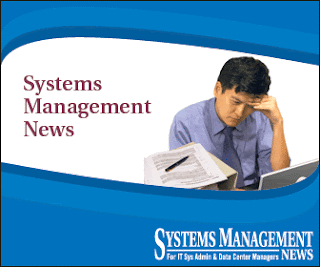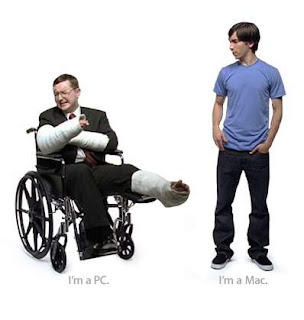 While Sun talks about its technology future here at the busy, bustling JavaOne, I’m thinking about its financial results.
While Sun talks about its technology future here at the busy, bustling JavaOne, I’m thinking about its financial results.
As reported in the San Jose Mercury News last week, Sun is planning to cut up to 2,500 jobs. Why? Because the company, which had been expected to make a profit, had a big loss instead. In its fiscal third quarter, running from January-March 2008, the company lost $34 million. By contrast, in the same quarter of 2007, it made a profit of $67 million.
Quoting from the May 1 earnings release:
Revenues for the third quarter of fiscal 2008 were $3.266 billion, a decrease of 0.5 percent as compared with $3.283 billion for the third quarter of fiscal 2007. Total gross margin as a percent of revenues was 44.9, an increase of 0.4 percentage points, as compared with the third quarter of fiscal 2007.
Net loss for the third quarter of fiscal 2008 on a GAAP basis was $34 million, or ($0.04) per share, as compared with net income of $67 million, or $0.07 per share, for the third quarter of fiscal 2007. In the third quarter of fiscal 2008, the company recorded a $52 million dollar tax provision, as compared to a tax benefit of $3 million in the third quarter of fiscal 2007. Net loss for the third quarter included charges related to the acquisition of MySQL, which reduced earnings per share by approximately $0.04.
However, cash does remain strong:
Cash generated from operations for the third quarter of fiscal 2008 was $329 million, and the cash and marketable debt securities balance at the end of the quarter was $3.801 billion. During the third quarter, Sun continued to leverage its cash position, spending $300 million to repurchase 17.5 million shares of its common stock. There is currently $500 million remaining of the $3 billion share repurchase program announced in the company’s fiscal fourth quarter of 2007.
Sun paid about $1 billion for MySQL. The deal closed in February.
What does Sun’s executive team think about all this? CEO Jonathan Schwartz was characteristically direct in his blog (you should read the whole post, which I’m excerpting):
We announced the results of our third fiscal quarter (Q3) on Thursday last week, and the results weren’t what I, or any of us, wanted.
As you can read in the press release, we delivered $3.267 billion in revenue for Q3, roughly flat with a year ago. On that revenue, we delivered a GAAP loss of 4 cents (equal to the charge associated with the acquisition of MySQL, which closed within the quarter) — on that revenue, we generated around $320m in cash.
The low light of the quarter was revenue in the US — which declined year over year by nearly 10%, a big step down for a geography that typically contributes 40% of our total revenue. The highlight of the quarter was our India performance, up 30% year over year — and our chip multi-threading Niagara systems, which grew (billings) 110%.
We had growth in 12 of 16 geographies in which we sell, but a shortfall in the world’s largest economy (and the largest in Sun’s portfolio), is tough to make up elsewhere. So we showed no growth at the corporate level.
Despite a weak US economy, we still see growth and opportunity across the world. We are going to be making some changes as a result of the quarter, certainly, but not in our core vision or strategic direction — network infrastructure is being built out across the world, developers will continue to define its architecture and shape demand, and we will continue to position ourselves to drive and capture that market.


